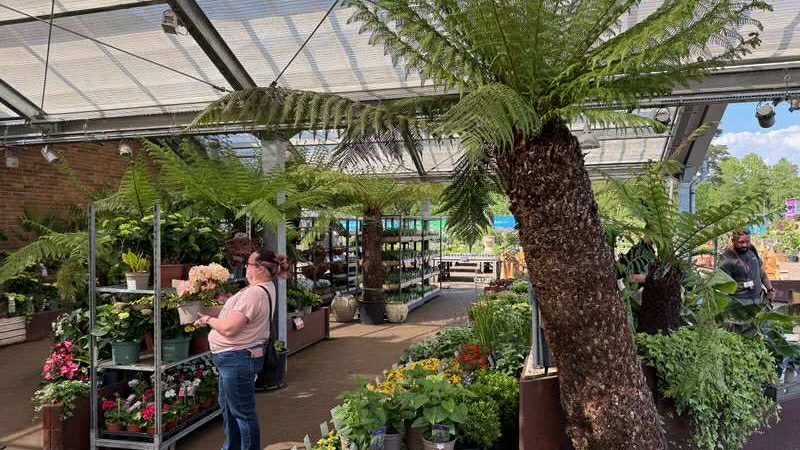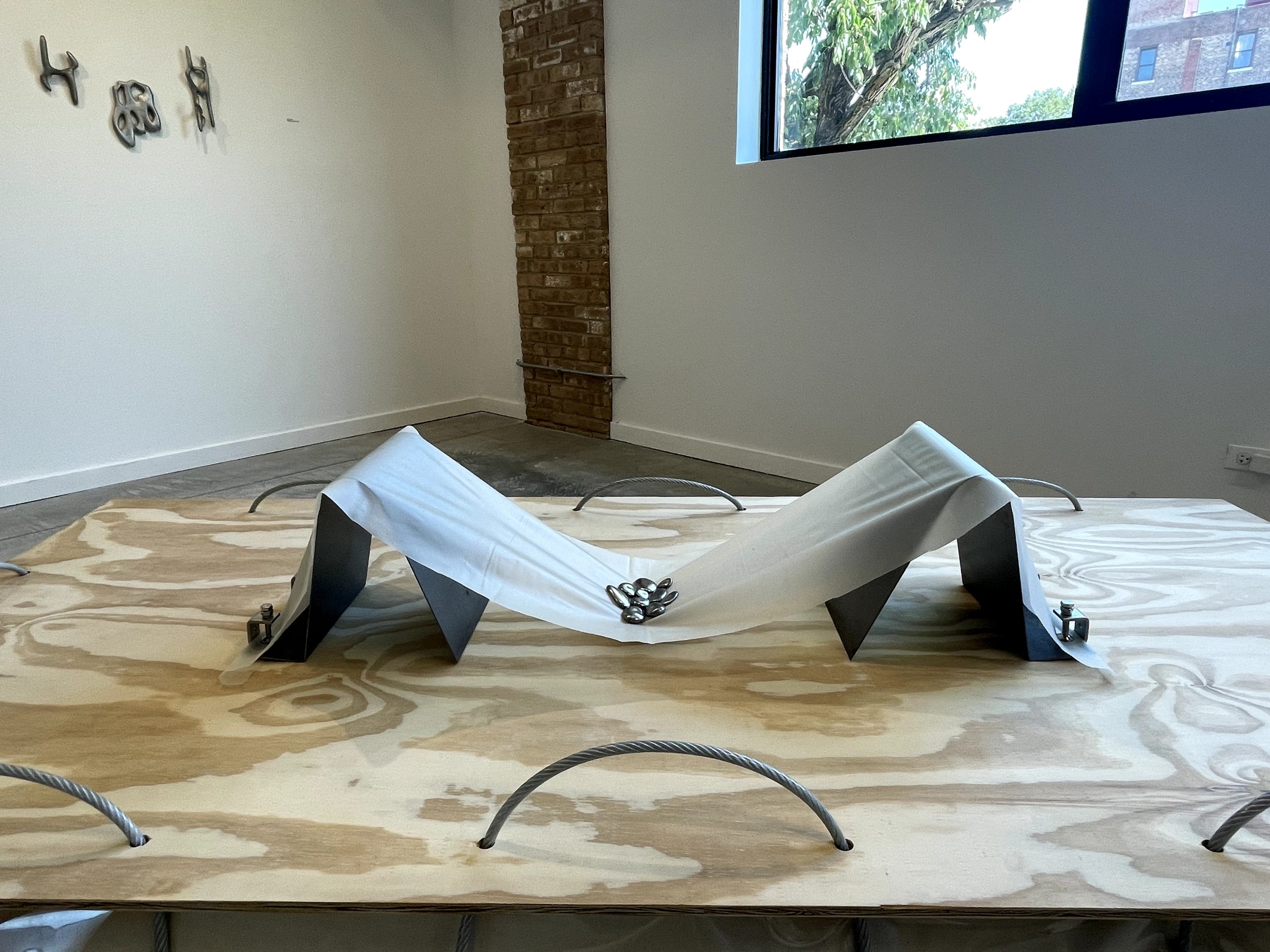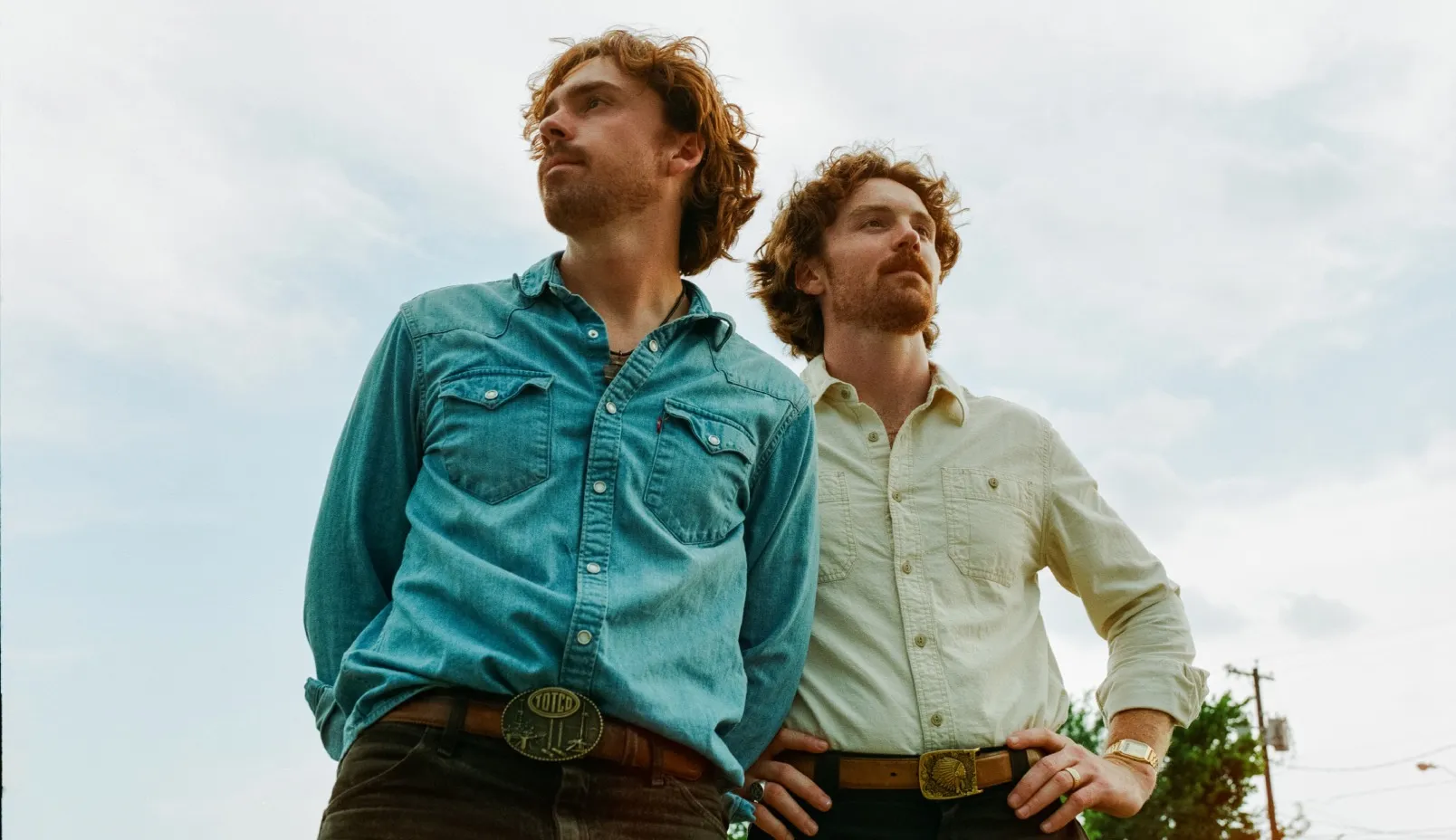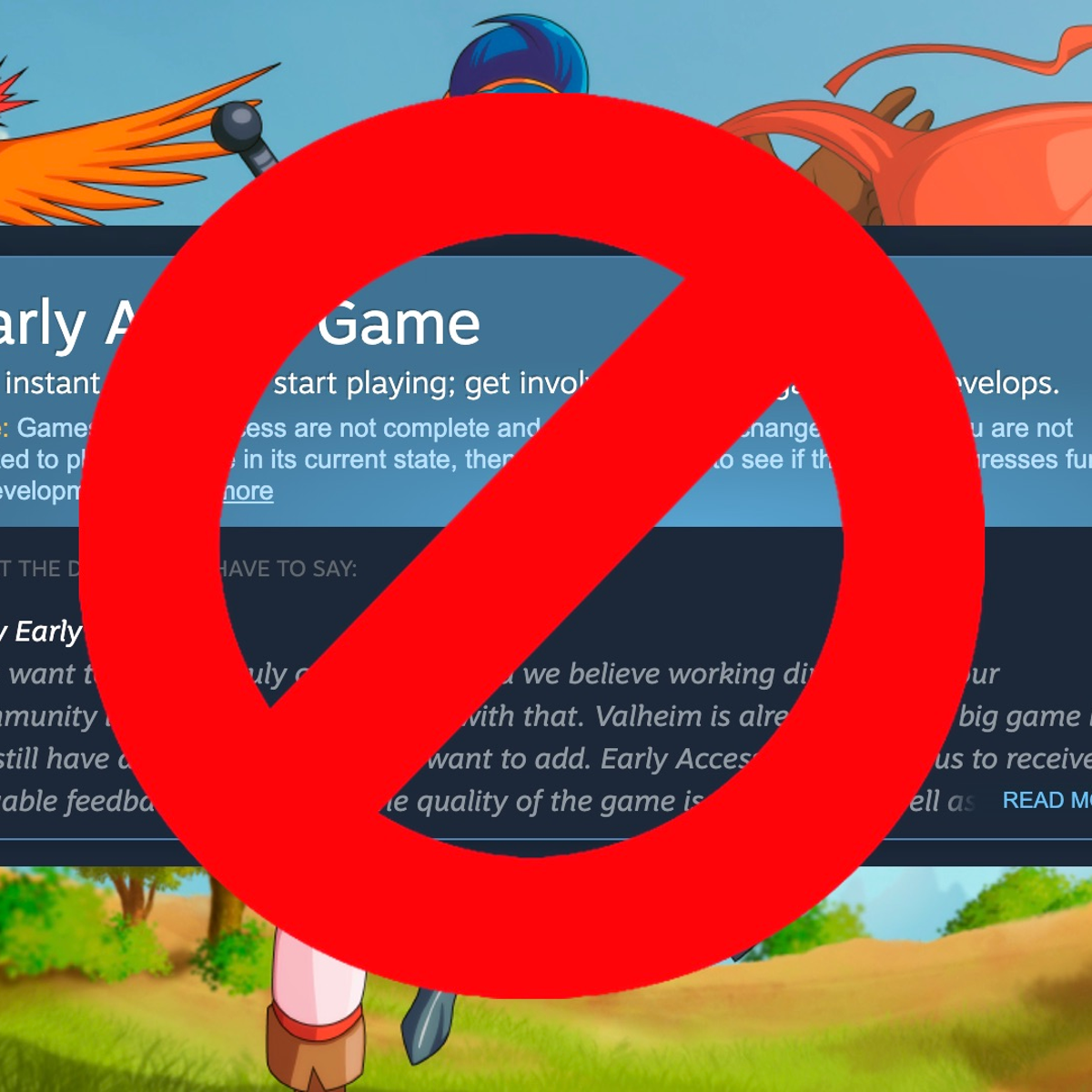By Emily Smith
Copyright abc

Kingsley Dixon’s trip abroad could have been perfect.
After all, the acclaimed Australian botanist won the “plant Olympics” with a gold for his rare orchid at the Chelsea Flower Show in England.
But a few days earlier, he passed a stand selling Tasmanian tree ferns, antarctica dicksonia, one of which he guessed was easily 150 years old.
He was mortified.
“To see wild-collected plants that were living in native forests suddenly uprooted and now for sale on the open market in London.”
Tasmanian tree ferns are a slow-growing, long-living, ancient species.
They are beloved, with conservationist David Attenborough reported to have one in his garden, and a popular feature in artwork and logos.
But Tasmania’s tree fern trade relies on the timber industry, with the plants ‘salvaged’ from forestry areas prior to clearing.
Mr Dixon said the plant’s government-issued tag did not make that provenance clear to buyers.
He said the plants he saw were advertised as “sustainably harvested”.
“It really probably has elements of greenwashing,” Mr Dixon said.
Thousands harvested each year
Thousands of tree ferns are harvested from Tasmania’s designated forestry areas, which include native forests, each year.
The trade is regulated by the Forest Practices Authority (FPA) and must occur in line with the Tasmanian Tree Fern Management Plan 2022.
The FPA said almost 30,000 were taken last financial year and more than 530,000 have been removed since 2002.
Sue Baker, a University of Tasmania conservation biologist and associate professor of forest sustainability science, said those numbers were relatively small, given there are estimated to be around 160 million tree ferns in Tasmania.
She said she supported the trade, saying it was well regulated.
Ms Baker said the trade supported small businesses and jobs, and the ferns brought people joy.
She believed anyone against tree fern harvesting would likely be opposed to any form of native forest clearing.
“But I take a more pragmatic view,” she said.
“If we’re not producing our timber from forests in Tasmania or in Australia, we’re importing our timber products from other countries and often they’re developing countries and [it’s] illegally harvested timber that’s coming into Australia.”
Tim Lester, Australian Forest Contractors Association CEO, said the ferns were generally taken from areas harvested previously, and only if they would otherwise be destroyed by logging.
He believed most ferns harvested were around 30-40 years old.
Mr Lester said his organisation, which counts tree fern harvesters among its members, believed it was a sustainable industry that brought much-needed money into the state.
He did not believe it could be accused of greenwashing, which is making false or misleading environmental claims.
“Every individual tree fern is tagged, that tag provides full traceability through the system,” he said.
But the Australian government is currently running a Senate inquiry into greenwashing and has received at least one submission about the Tasmanian tree fern trade.
The inquiry has also received a submission from the Tasmanian Special Timbers Alliance, which said misleading claims are being made by environmental groups to dissuade consumers from resource-based industries.
Greenwashing allegations
Jenny Weber, campaigns manager at environmental group the Bob Brown Foundation, also has concerns about greenwashing.
On a rainy day in August, she walked down an empty dirt road, past a row of trees marked with blue tape, to a cluster of ferns.
“This one here is so beautiful,” she said.
“Look how tall it is.”
She said the blue tape marked the border of a forestry operation, and suspected the ferns were among 1,000 slated for harvest.
She hated the idea.
“Climate scientists are telling us that every piece of native forest that is left on the entire globe needs to be left standing,” she said.
Her organisation has long rallied against all native forest logging and worried the tree fern trade helped legitimise it, by connecting buyers with a sought-after species.
She believed most were unaware the plants were available because native forest had been cleared.
The FPA spokesperson said it was not involved in marketing, but could consider feedback in the next tree fern management plan review.
They did not say whether the trade was sustainable, saying there was “minimal quantitative data” on post-forestry tree fern regeneration, which can occur from spores or if the stem remains intact.
A 2021 paper said tree fern response to climate change, invasive species or fire frequency had not been studied, and only a few have looked into the impacts of drought and repeated logging.
The FPA spokesperson said it had been pursuing options to research these areas.
Following a recent review, the FPA is now trialling tree fern harvesting in areas slated for “partial harvesting”.
It said it would research how tree ferns regenerated in these areas.
Sustainable Timbers Tasmania said all native forest harvested is left to regenerate.
Ms Weber also claimed many tree ferns were sold by retailers like Bunnings as garden mulch.
Cam Rist, Bunnings director of merchandise, said it sold tree ferns and “tree fern products” that were salvage harvested, as well as ones grown from spores.
He said their policy was to only sell Tasmanian tree ferns salvaged from PEFC-certified forests, indicating sustainable management.
‘They’ve all now become rare’
Mr Dixon, now returned from England, believed the concept of salvage harvesting was “dated”.
“I think a metaphor would be whales get caught in net, so why don’t we just do commercial whaling?” he said.
“Why don’t we have whale meat for sale?”
He said he had seen massive biodiversity loss during his lifetime and believed the whole country should follow Western Australia and Victoria’s lead and end native logging entirely.
“Things that I thought were common, inexhaustible, would go forever,” he said.
“It’s time to take stock and say there are other ways that we can sustainably have income that doesn’t involve sawing down tree ferns or sawing down large trees.”



